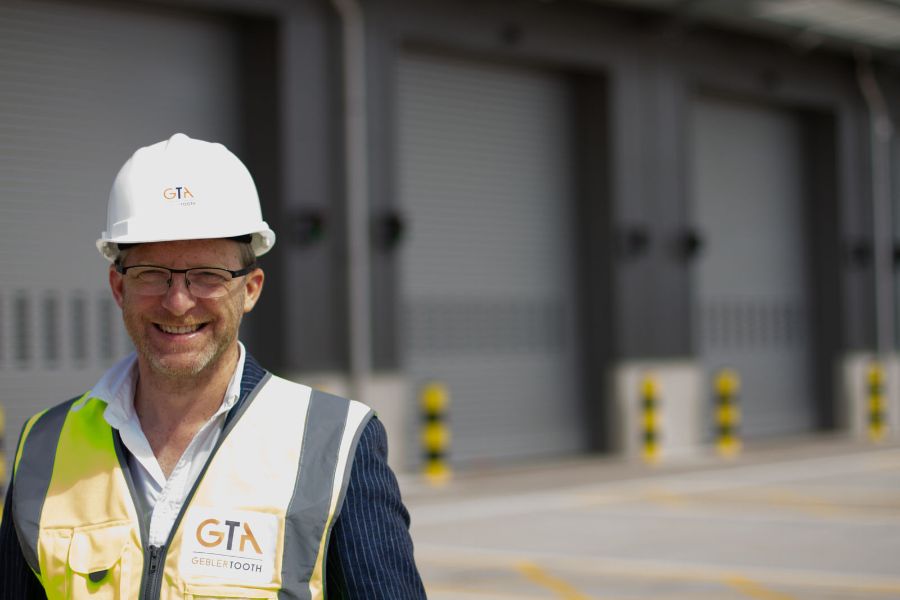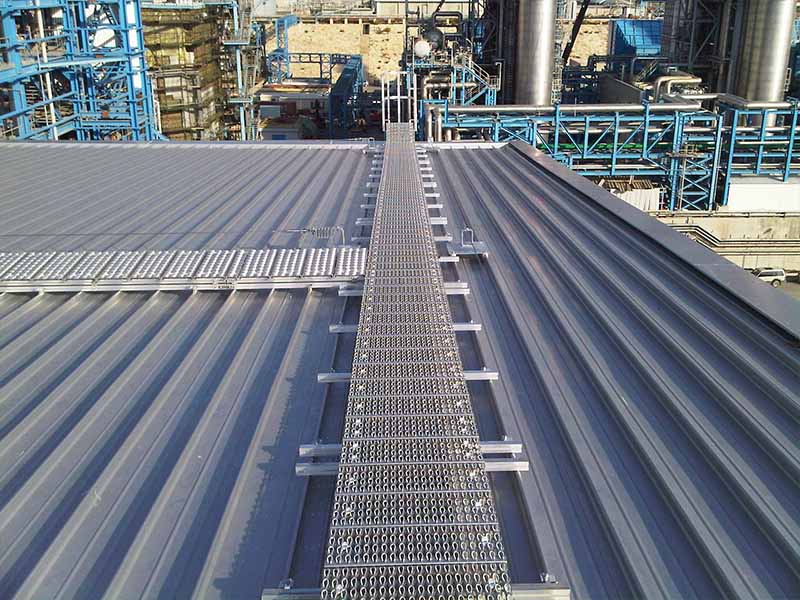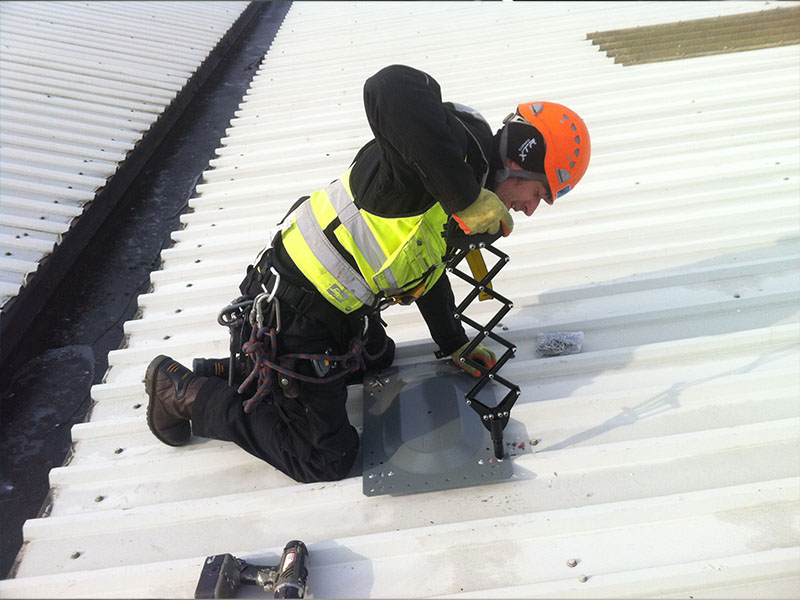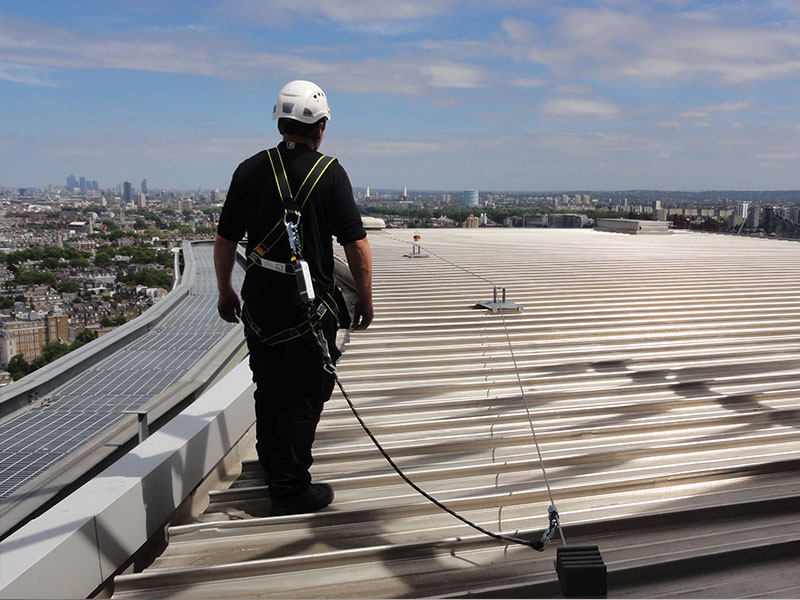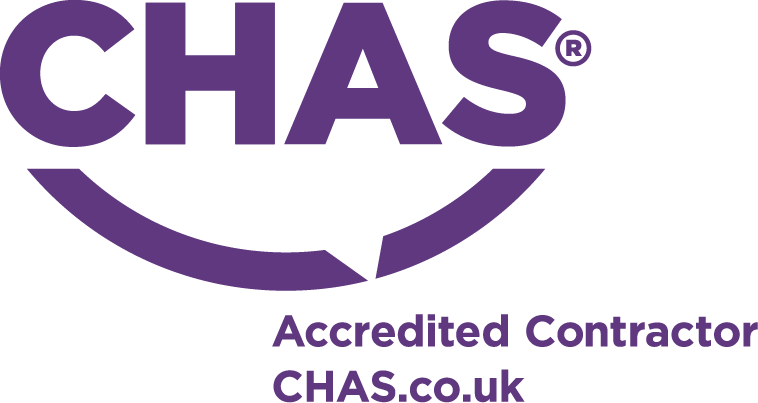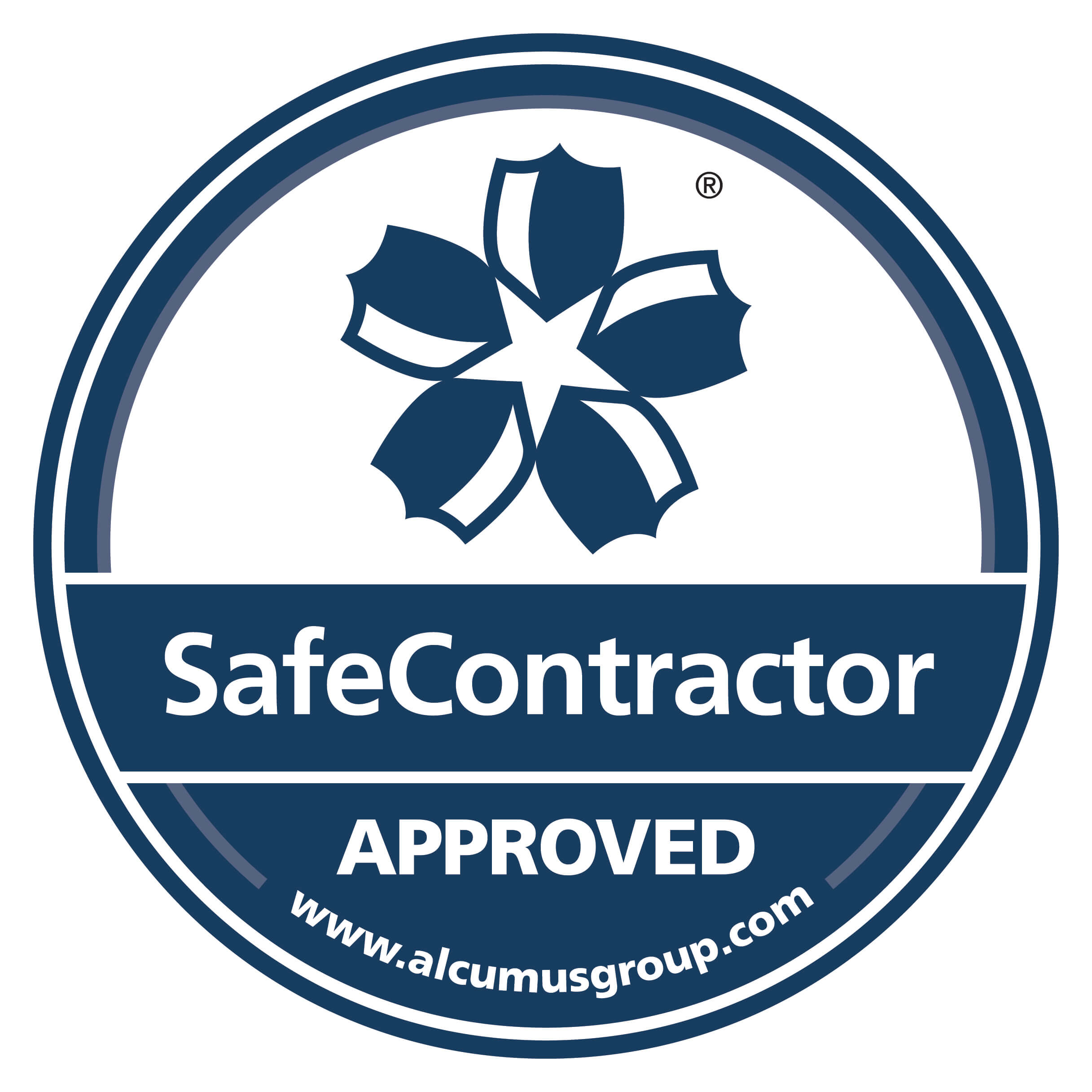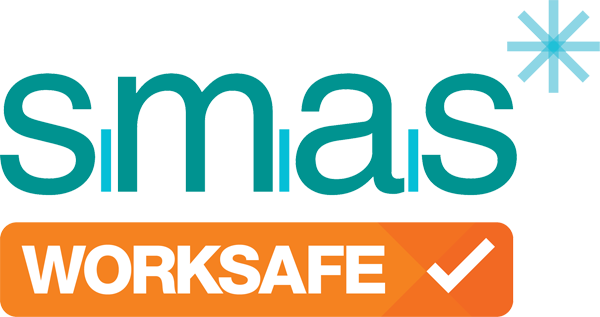Kee Line® Rooftop Lifeline System
Kee Line® Horizontal Rooftop Lifeline System provides safe access to any area of a roof by allowing workers to be permanently affixed to the lifeline at all times whilst being able to freely move around the roof surface. The Kee Line fall restraint system uses 8mm grade 316 stainless steel wire and allows spans of up to 12 metres between posts. Our system can be utilised by up to three users at any one time, providing complete protection to whoever needs to access the roof.

